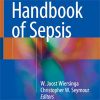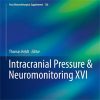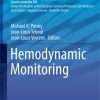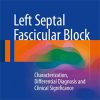Contrast-enhanced Imaging in the Emergency Department
link.springer.comWe continue with the topic of Contrast-enhanced imaging in the emergency department. “What is the creatinine?” asks the radiologist when an emergency contrast-enhanced computed tomography (CT) is requested for a patient with suspected ischemic bowel.
Is this a reasonable concern that should be raised to prevent permanent kidney injury or an out-of-date mantra, that fails to balance the risk for injury against the risk of delay in a critical case?
Is the creatinine even relevant or should standard precautions be taken to minimize risk, but ensure timely investigation?
The Rosenberg, Hiremath and Yadav team argues that contrast-induced acute kidney injury is uncommon and that the risk is largely overstated, whereas their opponents in this debate, Neilipovitz, Savage, Ohle and Alaref argue that caution is required as in some circumstances there is still a role for delaying a contrast-enhanced imaging.
Contrast-enhanced computed tomography (CT) is commonly used in the emergency department (ED) setting to aid clinicians in making important and often critical diagnoses. The focus of this debate concerns the use of intravenous contrast (e.g., CT imaging) and does not cover intra-arterial delivery of contrast (e.g., coronary angiography).
Historically, clinicians have used the term contrast-induced nephropathy (CIN), and now contrast-induced acute kidney injury (CI-AKI) to describe acute kidney injury (AKI) occurring within 48–72 h of intravenous contrast administration, after the exclusion of other nephrotoxic causes.

















